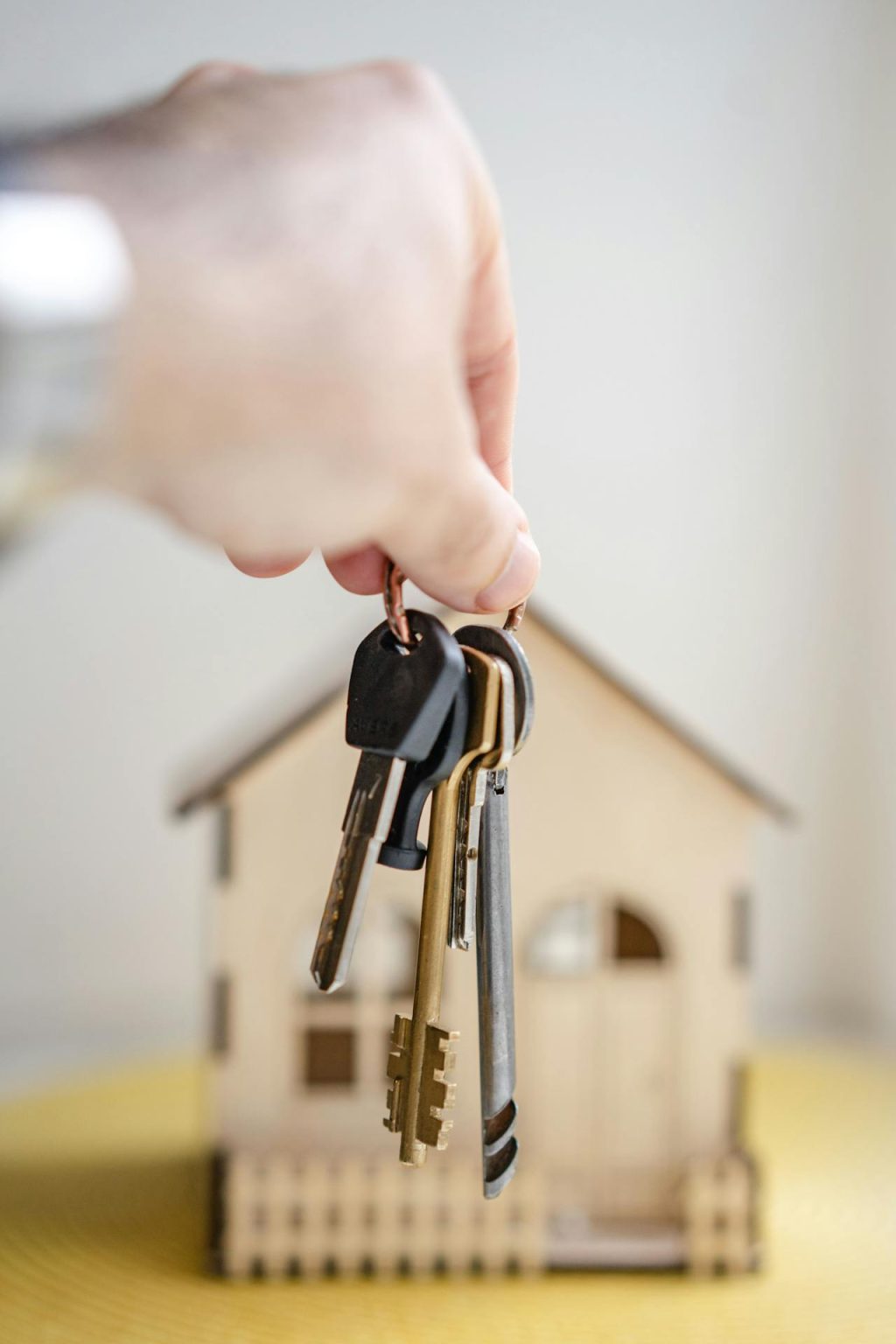
Are you considering leveraging your home to access additional funds? Many homeowners wonder about the possibility of using their property as collateral for multiple loans. With rising costs and unexpected expenses, tapping into your home’s equity might seem like a smart move. But before you dive in, it’s essential to understand how this process works and what it means for your financial future. In this blog post, we’ll explore the ins and outs of borrowing against your house, highlighting both the advantages and potential pitfalls along the way. Let’s unravel whether your home can be more than just a living space—it could be a key player in funding your dreams or addressing urgent needs!
Can my house be used as collateral for multiple loans?
Yes, your house can indeed be used as collateral for multiple loans. This is often possible through various lending options like home equity loans, lines of credit, or even second mortgages. These financial products allow you to tap into the value stored in your property.
However, using your home as collateral comes with its own set of rules and limitations. Lenders typically assess how much equity you have built up in your home before approving additional borrowing. Your ability to secure multiple loans may also depend on local regulations and lender policies.
It’s crucial to understand that taking out several loans against your house increases risk. If you struggle to repay any loan backed by your property, it could lead to foreclosure—a situation no homeowner wants to face. Always weigh the benefits against potential consequences carefully.
Borrowing against your home
Borrowing against your home can be a strategic move for homeowners. It allows you to access the wealth built up in your property without selling it. Many people choose this route when they need funds for significant expenses, such as renovations or education costs.
The most common methods include home equity loans and lines of credit. These options use your home’s value as collateral, so lenders often offer lower interest rates compared to unsecured loans. However, it’s crucial to understand that using your home puts it at risk if you can’t repay.
Before proceeding, consider how much equity you have and whether borrowing fits within your financial plans. Knowing the potential impact on your budget will help ensure you’re making a well-informed decision that aligns with your long-term goals.
Cross collateralization in real estate
Cross collateralization is a strategy often used in real estate financing. It involves using multiple properties as collateral for a single loan or multiple loans. This can provide lenders with additional security, making them more willing to extend credit.
For borrowers, cross collateralization can open doors to larger amounts of funding. By leveraging the equity in various properties, you may secure better interest rates or terms on your loans. However, this approach also comes with its complexities and risks.
If one property faces financial distress, it could jeopardize all assets tied up in the agreement. Understanding how cross collateralization works is essential for anyone considering this option in their borrowing strategy. It’s important to weigh both advantages and potential pitfalls carefully before proceeding.
Using home equity for multiple loans
Home equity can serve as a powerful financial tool. Homeowners often tap into this resource for various purposes, like funding renovations or covering unexpected expenses. By leveraging the equity built in your home, you can access significant funds without needing to sell your property.
When considering multiple loans against home equity, it’s crucial to understand how much you owe on existing mortgages. Lenders usually allow borrowing up to 80% of your home’s appraised value minus any outstanding mortgage balance. This means careful calculations are necessary before proceeding.
Using home equity lines of credit (HELOCs) or second mortgages allows homeowners flexibility in accessing funds when needed. However, responsible management is essential since failing to repay could jeopardize your ownership of the house and impact future borrowing opportunities with other lenders down the line.
Risks and benefits of cross-collateralization
Cross-collateralization can offer significant advantages. By using your home as collateral for multiple loans, you may secure lower interest rates. Lenders often view cross-collateralized loans as less risky because they have a greater chance of recovering their money if you default.
However, the risks are equally important to consider. If you default on one loan, it could jeopardize all secured assets. This means that your home is at risk of foreclosure not just from one lender but potentially from multiple lenders if your financial situation worsens.
Additionally, managing several loans can be complex and overwhelming. Borrowers must stay organized and ensure timely payments across all obligations to avoid adverse consequences. Balancing these factors is crucial when deciding whether cross-collateralization aligns with your financial goals.
Factors to consider before borrowing against your house
Borrowing against your house can be an attractive option, but it’s essential to weigh the factors carefully. First, consider your current financial situation. Are you stable enough to take on additional debt? Assess your monthly income and expenses before diving in.
Next, evaluate how much equity you have built up in your home. Lenders typically allow access to a portion of this equity for borrowing purposes. Knowing exactly how much you can borrow will help you avoid overextending yourself financially.
Think about the long-term implications of using your property as collateral. If you’re unable to meet repayment terms, there’s a risk of losing your home. Ensure that any borrowed funds are being used wisely and align with solid investment opportunities or necessary expenses.
Understanding second charge mortgages
A second charge mortgage is a loan secured against your home while you still have an existing mortgage. It allows homeowners to borrow additional funds without refinancing their primary mortgage. This type of borrowing can be useful for those who need cash for major expenses, such as home improvements or debt consolidation.
Unlike traditional loans, a second charge mortgage creates a secondary lien on the property. If the borrower fails to repay, the lender can claim against the property after settling any first charge debts. This makes understanding your financial obligations critical before proceeding.
Interest rates on second charge mortgages may be higher than first charges because they carry more risk for lenders. Evaluating the total cost and potential impact on your finances is essential when considering this option as part of leveraging your home’s value.
Eligibility and criteria for additional secured borrowing
When considering using your home as collateral for multiple loans, it’s essential to understand the eligibility and criteria involved in additional secured borrowing. Lenders typically look at various factors before approving such requests.
They assess your credit score. A higher score increases your chances of obtaining additional financing. Next is the loan-to-value (LTV) ratio; this measures how much you owe on your mortgage compared to the current value of your property. Most lenders prefer an LTV below 80% for extra secured loans.
Income stability is also crucial. Consistent income assures lenders that you can manage repayments effectively. Additionally, any existing debt will be evaluated as well—too much debt may hinder approval prospects.
Lender-specific requirements can vary significantly; some might require a certain equity percentage while others have different benchmarks based on their risk appetite. It’s wise to shop around and compare offers from various institutions before making decisions about borrowing against your house again.

I’m an enthusiast of digital finance and online entertainment, with extensive experience in the worlds of cryptocurrency, sports betting, and casino gaming. My mission is to provide readers with reliable information to help them make informed decisions in the realm of online gambling and digital investments. On this blog, I share the latest trends, platform reviews, and tips for safe and responsible gaming.
More Stories
Can my lawyer give me a loan?
Is a small business loan installment or revolving?
How much does a loan officer make per loan?